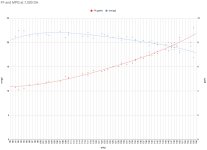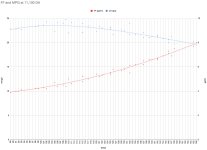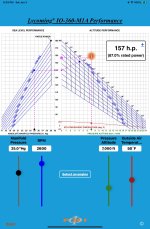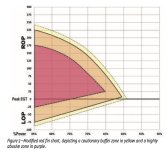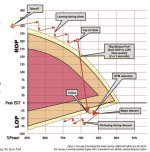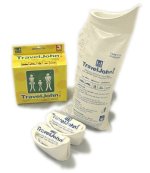Draker
Well Known Member
The EAA Flight Test Manual describes a method for Range and Endurance testing. Basically, it involves flying straight and level at various power settings, and plotting those power settings against TAS. Essentially drawing your power curve. Your best endurance will be the lowest point on the curve (where slower speeds require more power).
A couple of questions about this testing. When flying behind a constant speed propeller, best endurance and best range will depend on both RPM and manifold pressure, right? So we want to calculate best range and endurance at a variety of cruise RPMs? Excluding any RPM/MP combinations your prop forbids of course.
Would we expect to see different results at different pressure altitudes? What about air temperatures? I would think working in TAS instead of IAS would cancel out these variables.
How does the mixture knob affect this test? For any given RPM/MP combination, you're going to have different power output if you run rich or significantly lean of peak, right?
Obviously all of the above combinations need to be tested at different aircraft weights to get the full picture.
There seem to be a lot of variables that affect range and endurance.
A couple of questions about this testing. When flying behind a constant speed propeller, best endurance and best range will depend on both RPM and manifold pressure, right? So we want to calculate best range and endurance at a variety of cruise RPMs? Excluding any RPM/MP combinations your prop forbids of course.
Would we expect to see different results at different pressure altitudes? What about air temperatures? I would think working in TAS instead of IAS would cancel out these variables.
How does the mixture knob affect this test? For any given RPM/MP combination, you're going to have different power output if you run rich or significantly lean of peak, right?
Obviously all of the above combinations need to be tested at different aircraft weights to get the full picture.
There seem to be a lot of variables that affect range and endurance.



